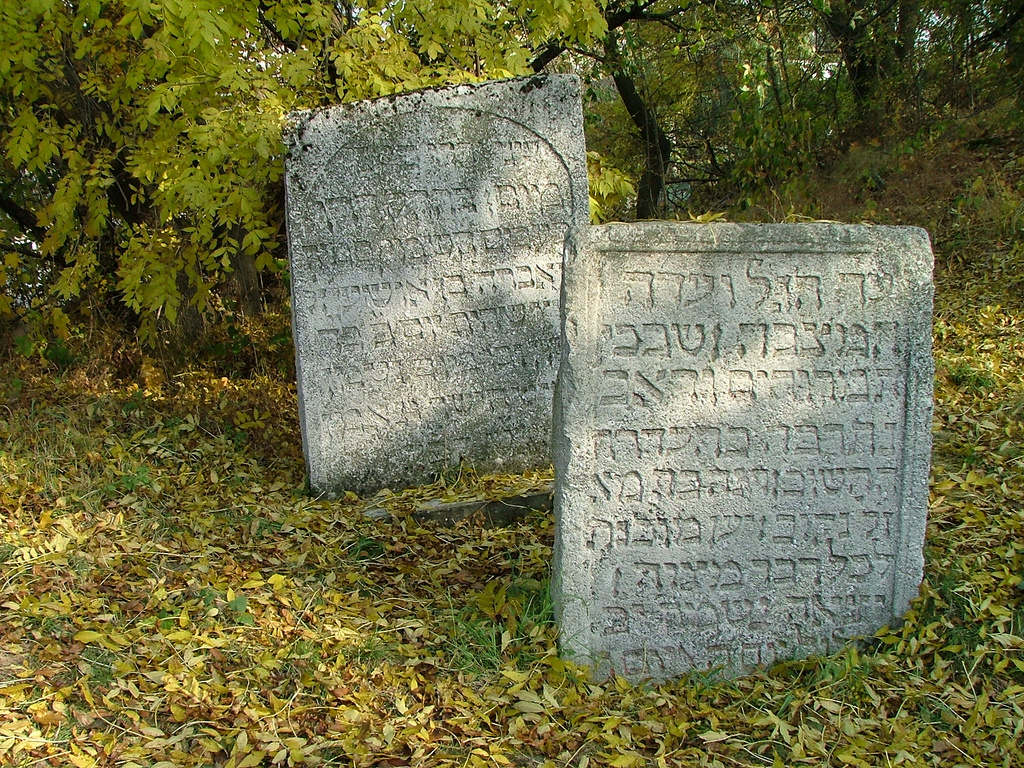Without further incident, we reached Lublin, a university town in eastern Poland, and found our way to the Maria Curie-Sklonowska University. There we found signs we could pronounce. They said: “Science Fiction Research Association: Dreams Not Only American.”
At that point, though still in Poland, we were home. We were among our own kind — the kind who consider the subversive potential of Firefly, who care deeply about ecofeminist transgression in the work of Octavia Butler and Molly Gloss, who are willing to discuss freak shows, the fictional history of ants, and so much more. Yes, it was strange to be sitting in a university classroom in Poland chatting about hive minds and interspecies dialog, but it was a very good kind of strange.
We participated in discussions of cognitive linguistics and the metaphors of mathematics. It was heady stuff, ably organized by Pawel Frelik and supported by graduate students, junior faculty, and faculty of Marie Curie-Sklodowska University and the Catholic University of Lublin. In the program book, Pawel wrote, “not all of them converted to SF but I’m working on it.” Based on discussions at the conference, I’d say he is succeeding.
In between lofty discussions of science fiction, we wandered the winding streets of Lublin’s Old Town, ate fabulous meals, and drank more than we care to admit. An afternoon excursion organized by the conference took us outside the city to Zamoyski Palace, a Baroque palace complex built in the 1740s and reconstructed and expanded in the early 1900s. The interior of the palace itself is overwhelmingly opulent — marble stairways, family portraits, sculptures, elaborate stuccowork, velvet curtains, and 19th century furniture. By way of contrast, one of the outbuildings houses the Socialist-Realist Art Museum, with giant portraits of happy workers pouring milk and harvesting wheat.

We returned from Zamoyski Palace to visit a darker era of Polish history. Lublin was founded during the 9th century and grew into a thriving town, a hub of local and foreign trade. In the fourteenth century, Jews first came to the town, part of a Jewish emigration spurred by the invitation of King Casimir (Kazmierz). Royal edicts warranted Jewish safety and religious freedom, encouraging Jews to bring skills and manpower to Poland. Over the following centuries, while Jews were often persecuted in Western Europe, the Jewish population of Poland grew
By 1939, over 40,000 Jews lived in Lublin, making up about 1/3 of the population. The passage from the Christian to the Jewish portion of the city was Grodzka Gate. At the time of World War II, the “Jewish City” within the city had been developing for almost 400 years.
Today, an exhibition at Grodzka Gate documents Lublin’s Jewish community before the Holocaust. Titled “The Memory of the Place,” exhibits have been created from primary sources. Aerial photos and town planning documents show the extent of the Jewish quarter that was demolished by invading Nazis. In darkened hallways, small openings provide glimpses of the past in the form of hundreds of black-and-white photos of vanished people and businesses, while recordings play the sounds of Lublin, circa 1940. Placards — each with a photo of an individual and that person’s testimonials — tell the tale of the Holocaust as it affected individuals, both Jewish and Christian.
The effect of the exhibition is hard to describe. It’s overwhelming, saddening, and impossible to comprehend. As an American, World War II is an event in the distant past: important to be sure, but distant in time. In Poland, the same event seems much more recent, much more raw.
What next? No funny choices here, sorry.
